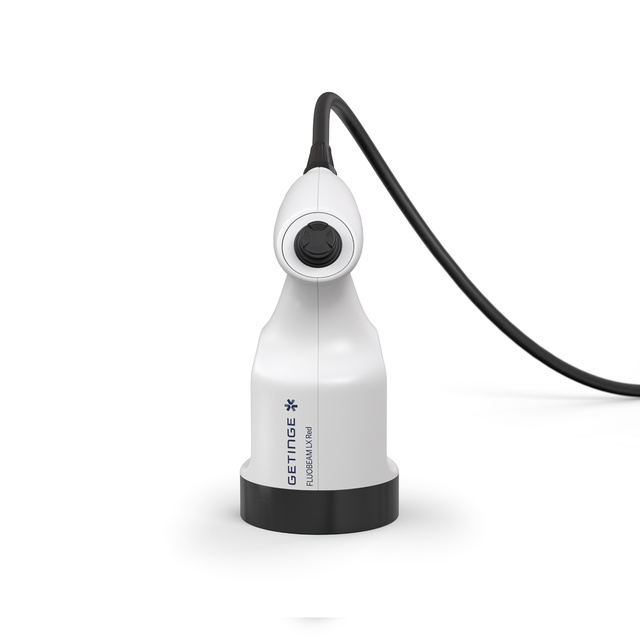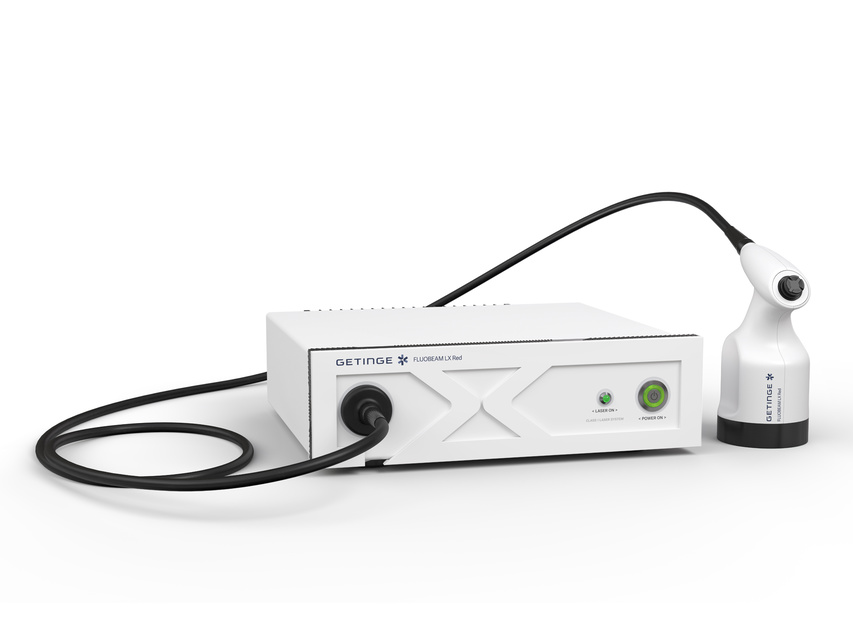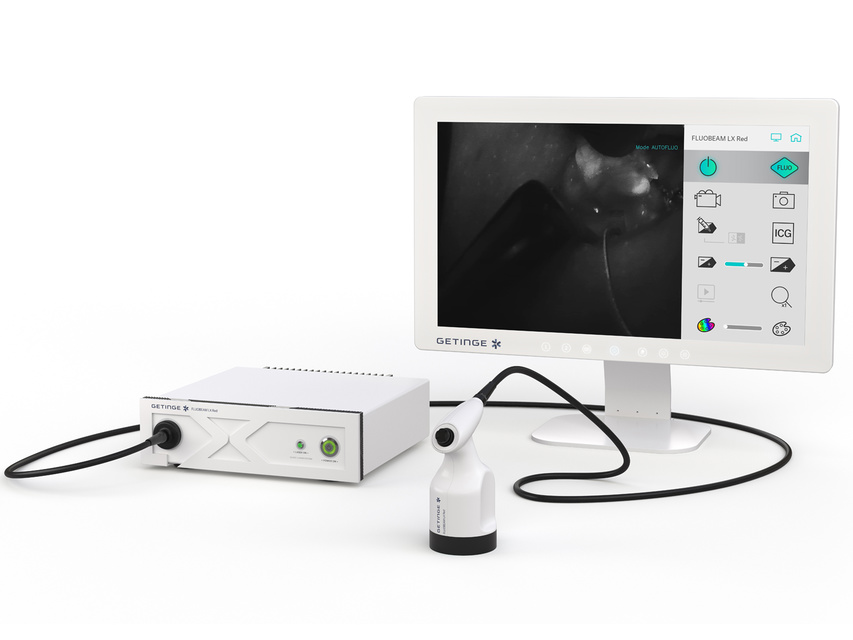A powerful parathyroid imaging solution
FLUOBEAM LX Red combines autofluorescence and fluorescence perfusion imaging to provide surgeons with enhanced visualization during surgery.
It’s the only imaging system that allows the visualization of autofluorescence signals even after multiple Indocyanine Green (ICG) injections.
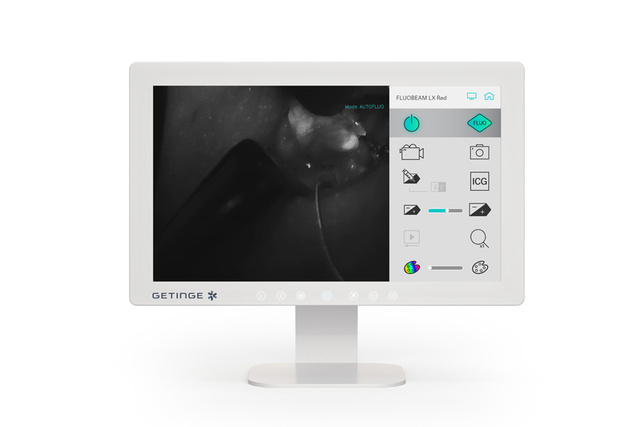
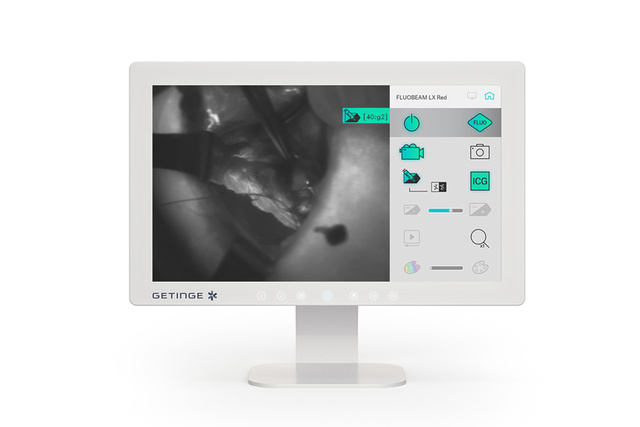
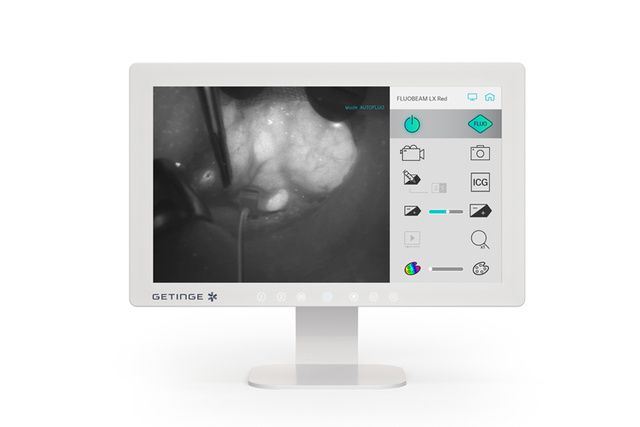
Autofluorescence
Highly sensitive, FLUOBEAM LX Red allows to early detect parathyroid glands by autofluorescence with an optimized real-time display, a high depth of field and a compatibility with ambient operating room lights.
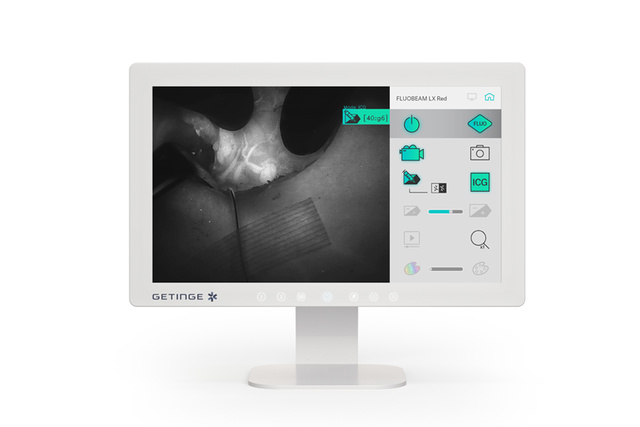
Perfusion assessment
Parathyroid glands perfusion assessment during and at the end of surgery, provides valuable information on the quality of surgery and also informs on possible postoperative complications.
Related products
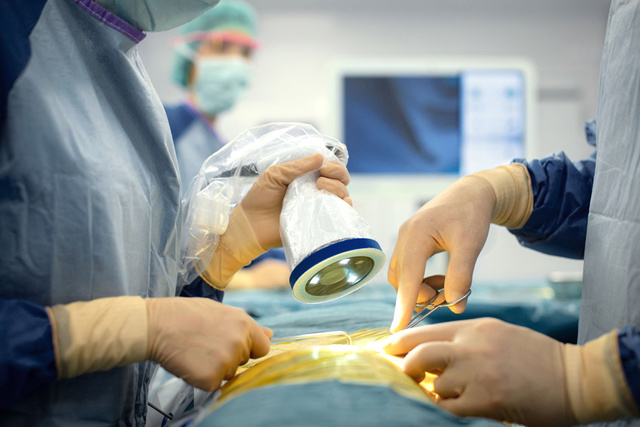
Real-time imaging
The FLUOBEAM LX Red allows for the detection and imaging of the parathyroid glands in real time (25 frames/second) and in ambient light thanks to an optimized optical filtering. With the surgical lights on, autofluorescence can still be used by turning the lights away from the incision.[1]
This allows an easier integration of autofluorescence in the surgical workflow.
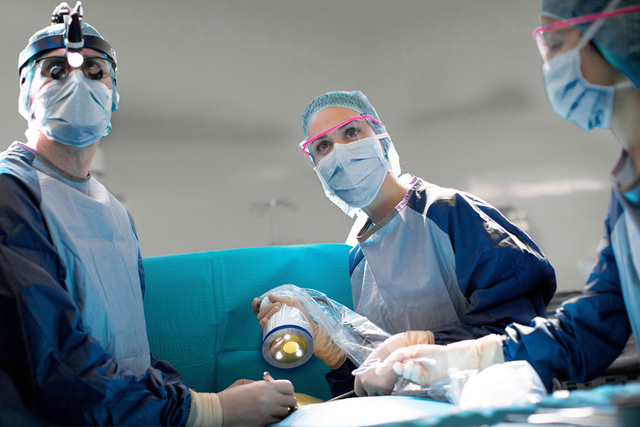
A clear image from 8 to 13 cm
To ensure a clear image, the camera operates with a very large depth of field not forcing the surgeon to adjust the focus. The focusing distance and large depth of field correspond to a natural holding of the camera above the incision and maintains the necessary sharpness of the area of interest to locate weak signals of the parathyroid glands.
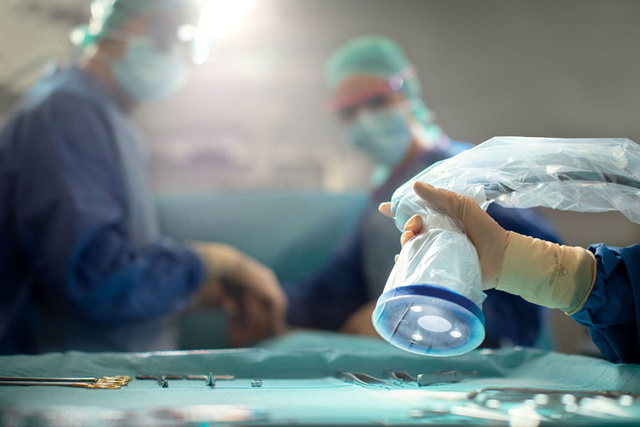
Class 1 Laser
Most existing fluorescence imaging systems use Class 3R laser illumination which can be dangerous under certain operating conditions. Our class 1 laser ensures total safety for the eyes of the users. This choice of optical safety was made without compromising the unmatched sensitivity of the system.
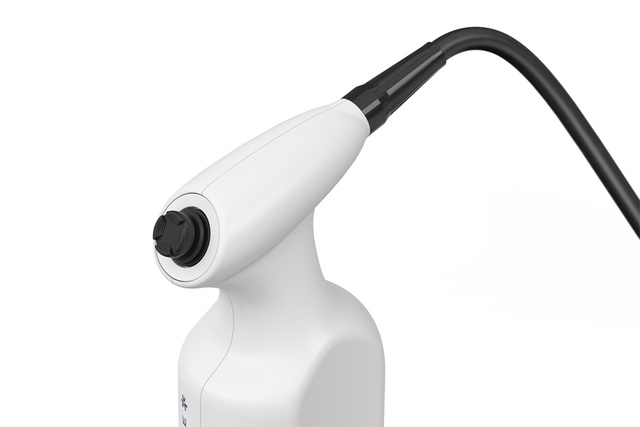
Joystick control
Designed to be easily held and manipulated in the surgical field, FLUOBEAM LX Red offers optimized ergonomics with a joystick that simplifies the navigation and the selection of the software functionalities, directly by the surgeon.
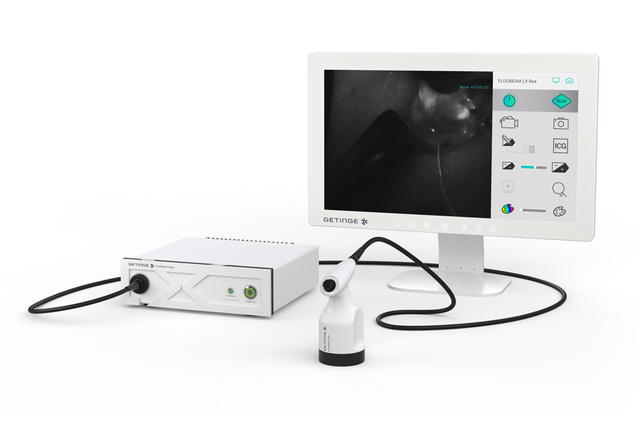
Real time imaging
With a high frame rate for real-time display (25 frames/s) in autofluorescence and a high depth of field (> 5cm), with FLUOSOFT LX Red imaging software, surgeons can work in optimized conditions with an easy interpretation of images and manipulation of the device. [2]
Fluorescence imaging brings benefits in thyroid surgery

Reduction of transient hypocalcemia
Several clinical teams using FLUOBEAM LX Red have demonstrated that the use of autofluorescence as a tracking tool during thyroid surgery leads to better preservation of the parathyroid glands and their functions. This leads to a significant reduction in the rate of transient post-operative hypocalcemia.[3],[4]
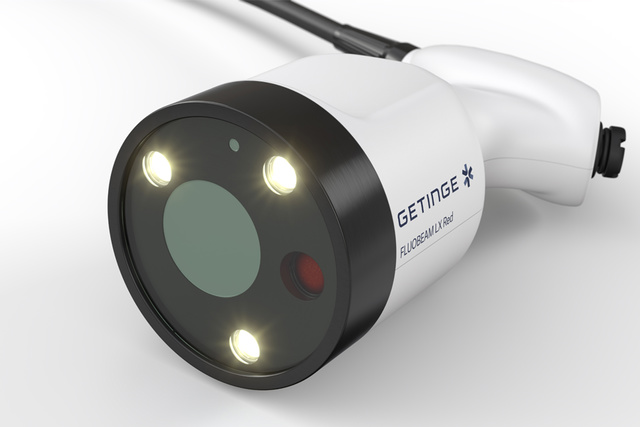
Preservation of the parathyroid glands
On average, pathologists find that a parathyroid gland is inadvertently removed in 10% to 25% of thyroidectomies.[5]
With the use of autofluorescence imaging, the parathyroid glands are early detected and can be preserved in most cases.
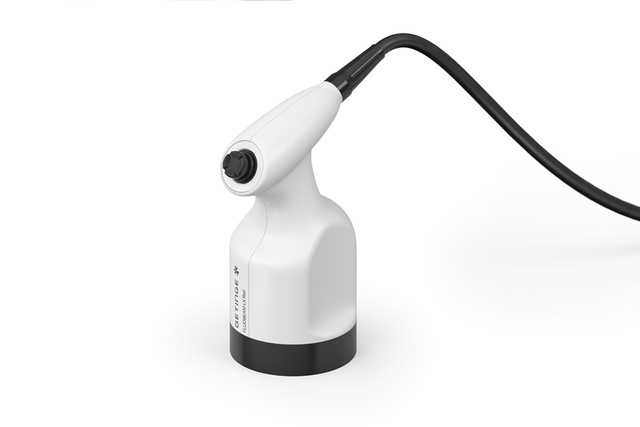
More reimplantations
Autofluorescence can be coupled with the use of fluorescence imaging by injection of indocyanine green. This allows the identification of the vessels that supply the parathyroid glands and thus avoids any risk of devascularization.
In cases where the parathyroid glands could not be preserved, their identification by autofluorescence makes it possible to locate them in the removed specimen and to proceed to their reimplantation.
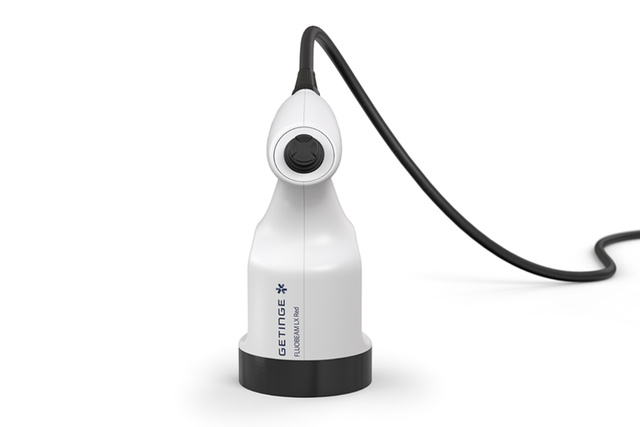
Intraoperative fluorescence imaging, designed for enhanced visualization to assist the surgeon during thyroid and parathyroid surgery
Parathyroid glands identification can be challenging even for experienced surgeons due to their tiny size (a few mm) and that they can be ectopic our buried.
The unexpected excision of healthy parathyroid glands is a current complication of thyroidectomies. This can lead to hypoparathyroidism, most of the time transient and might result in disruptions of calcium metabolism and notably hypocalcemia. It is therefore critical to properly identify parathyroid glands perfusion assessment during surgery.[6]
Thyroid surgery
Assists with the visualization of parathyroid glands by autofluorescence
Parathyroid glands naturally emit fluorescence in the deep red spectrum without any dye injection. This is called autofluorescence. FLUOBEAM LX Red helps the surgeon visualize in real-time parathyroid glands.
ICG angiography – Assists with the visualization of parathyroid glands vessels
By easily combining autofluorescence and indocyanine green angiography during the procedure, FLUOBEAM LX Red allows a clear identification of vessels that perfuse parathyroid glands to assist with their preservation during thyroid dissection.
Assists with the visualization of parathyroid glands after thyroid resection
It is commonly known that complications such as transient hypocalcemia are linked to the unexpected excision of parathyroid glands or the alteration of the vascularization of these glands during thyroid surgery.
After intravenous injection of indocyanine green, FLUOBEAM LX Red allows surgeons to clearly visualize the vascularization and perfusion of the parathyroid glands to assist with the assessment their viability.
Autofluorescence visualization after ICG injections
FLUOBEAM LX Red allows the visualization of the autofluorescence signal even after multiple Indocyanine Green (ICG) injections.
